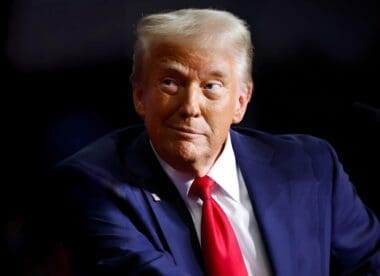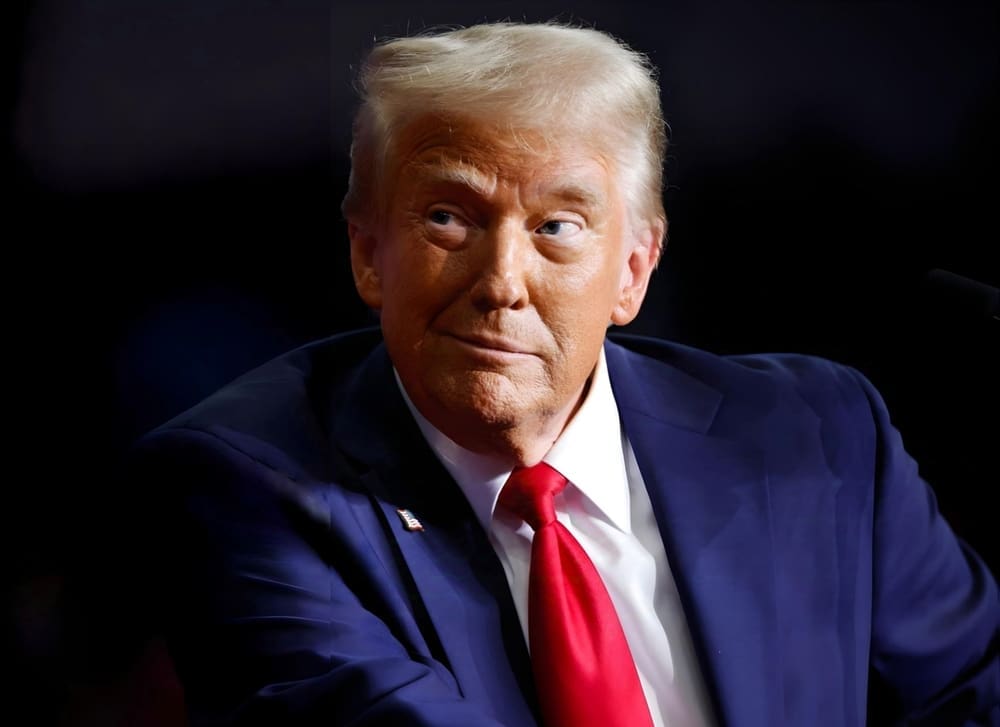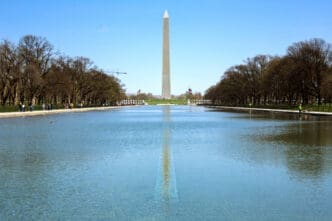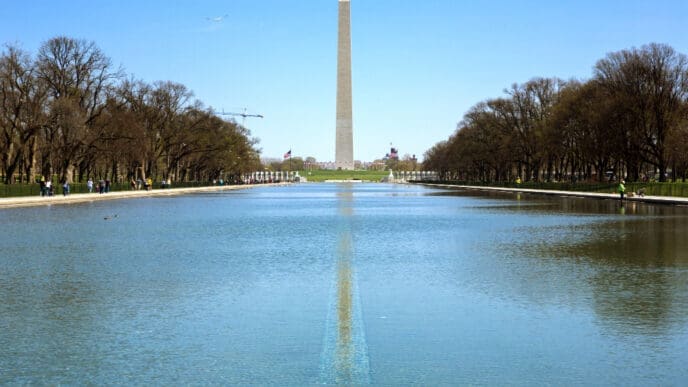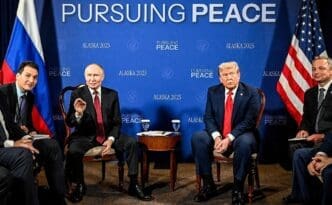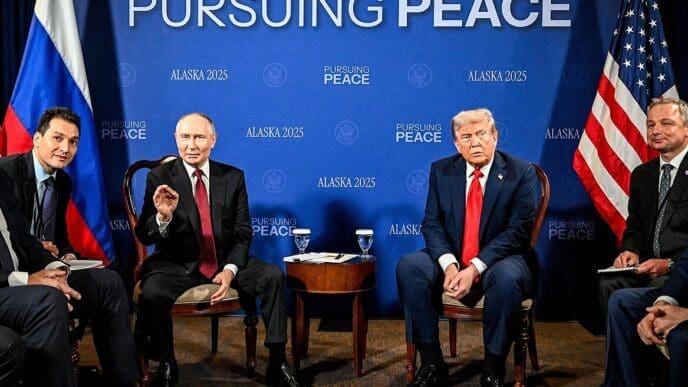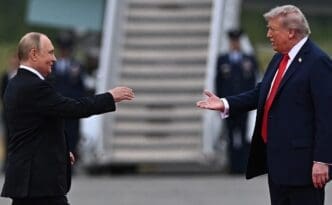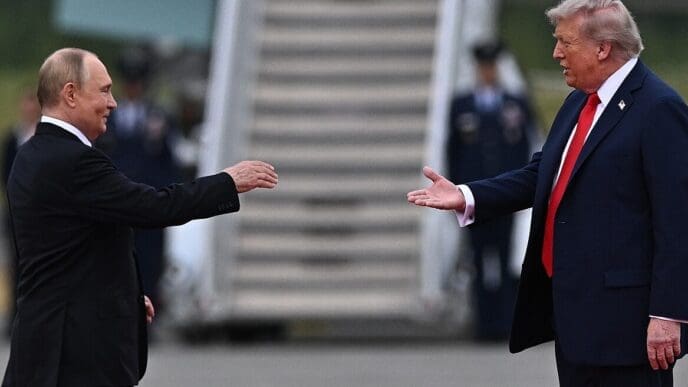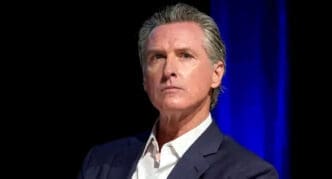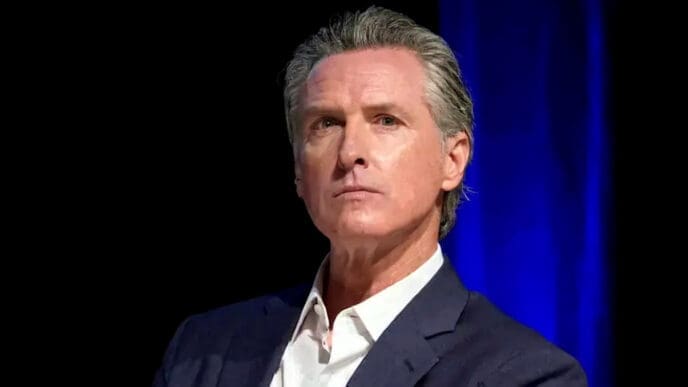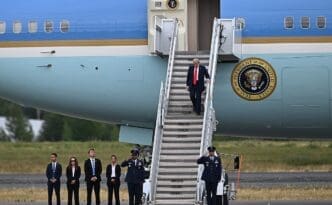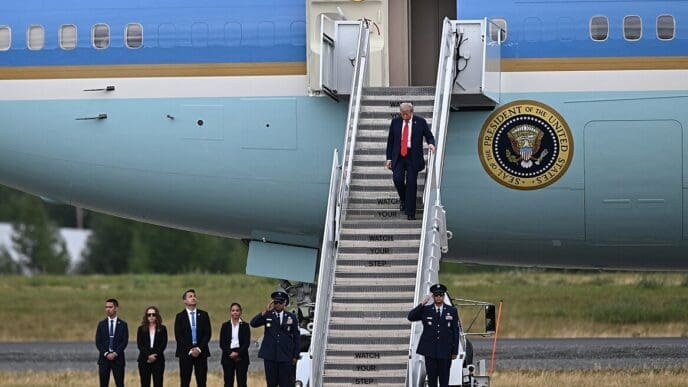In a move that has stirred significant political discourse, President Donald Trump has signed an executive order aimed at increasing White House control over independent federal regulatory bodies. These include entities such as the Securities and Exchange Commission, the Federal Trade Commission, and the Federal Communications Commission.
The executive order grants the President enhanced powers to influence the oversight of the financial system and establish standards for transportation safety, consumer protection, and wireless communications. This initiative is part of a broader strategy to consolidate executive authority over the government, potentially affecting funding practices approved by Congress and inviting legal challenges that could involve judicial intervention.
Historically, U.S. administrations have recognized the public benefit of allowing these regulators to operate independently, focusing on the country’s long-term interests without daily political interference. Traditionally, presidents exerted informal influence through appointments of agency leaders rather than requiring strategic plans to be submitted to the White House, as mandated by the new order.
The Trump administration argues that independent regulators could hinder the President’s agenda and undermine the electorate’s will. According to the order, for the federal government to be truly accountable to the American people, officials exercising vast executive power must be supervised and controlled by the elected President.
Critics caution that this move may politicize and corrupt the function of independent agencies, making them subject to political whims. Alexandra Reeve Givens, CEO of the Center for Democracy and Technology, emphasizes the historical necessity of these agencies’ independence, which allows Congress to rely on experts to interpret and enforce laws without political favoritism.
The concept of independent agencies dates back to 1887 with the creation of the Independent Commerce Commission, initially set up to address railroad monopolies. Over time, these agencies have been shaped by presidential appointments and Congressional oversight. Roger Nober, a professor at George Washington University, highlights the significance of the order, noting its potential to diminish the autonomy of independent regulatory bodies.
The executive order specifically addresses the Federal Reserve’s regulatory responsibilities, maintaining its independence in setting short-term interest rates which affect inflation and employment. However, a Federal Reserve spokesperson declined to comment on the impact of the executive order.
Some experts speculate that the order may have a limited practical impact initially. Michael Barr, the Federal Reserve Vice Chair for Supervision, appointed by President Biden, announced his resignation effective February 28. Furthermore, the Federal Reserve plans to halt major rulemaking until Barr’s successor is confirmed.
Peter Conti-Brown, a finance professor and Federal Reserve historian at the University of Pennsylvania’s Wharton School, views the executive order as reshaping the interaction between the White House and the Federal Reserve. It shifts the dynamic from coordination to formalized subordination, altering the current relationship and granting more control to the executive branch.
Legal analysts suggest that a primary aim of Trump’s order may be to provoke judicial review. Ian Katz, a policy research analyst at Capital Alpha, notes that the White House and conservatives anticipate and even desire legal challenges to the executive order. The goal is to secure a Supreme Court ruling that would reinforce the executive branch’s authority over agencies.
Under the order, the White House Office of Management and Budget is tasked with setting performance standards and management objectives for heads of independent agencies. It also allows for adjustment of agency funding in alignment with presidential priorities, potentially affecting projects in conflict with the administration’s goals. Independent agency chiefs will need to coordinate with designated White House liaisons to align with the President’s advisors.
The executive order signed by President Trump represents a significant shift in the government’s operational dynamics, potentially expanding presidential influence over independent regulators. While supporters argue this enhances accountability, critics warn of increased politicization and legal challenges. The evolving situation calls for close monitoring as its implications for the regulatory landscape unfold.

